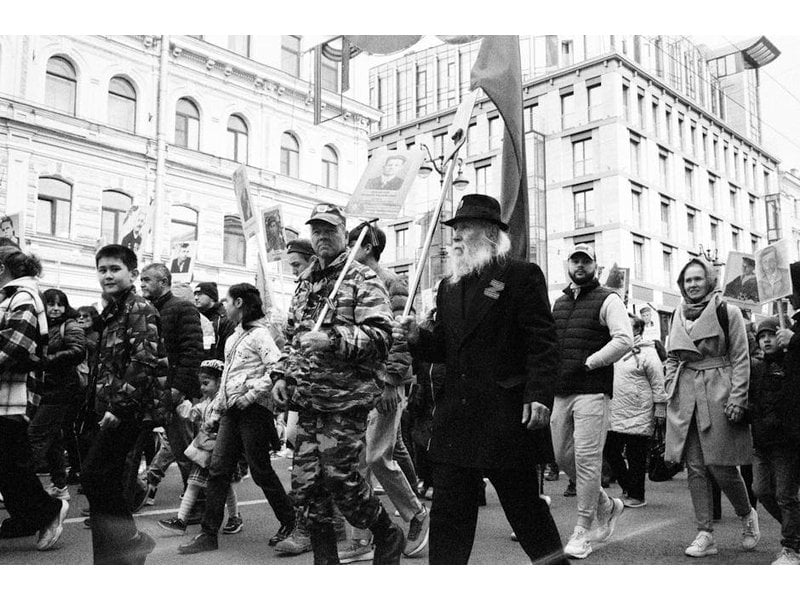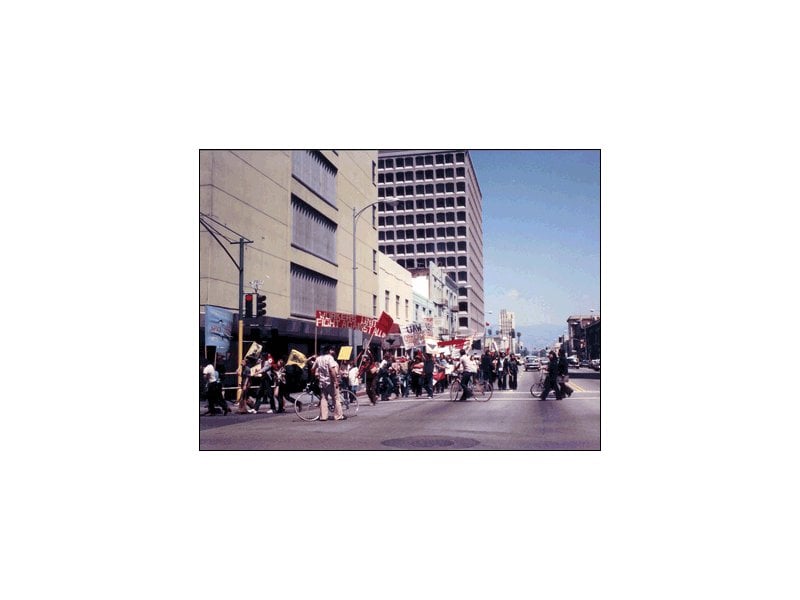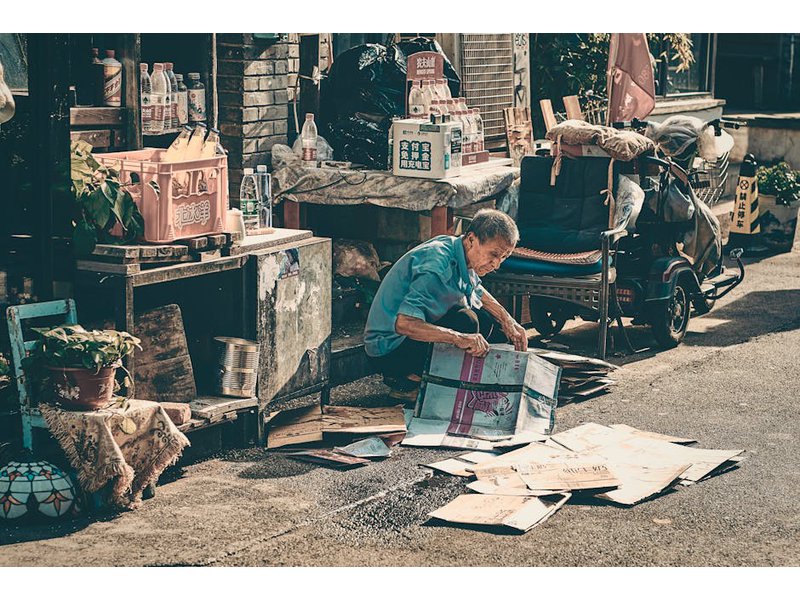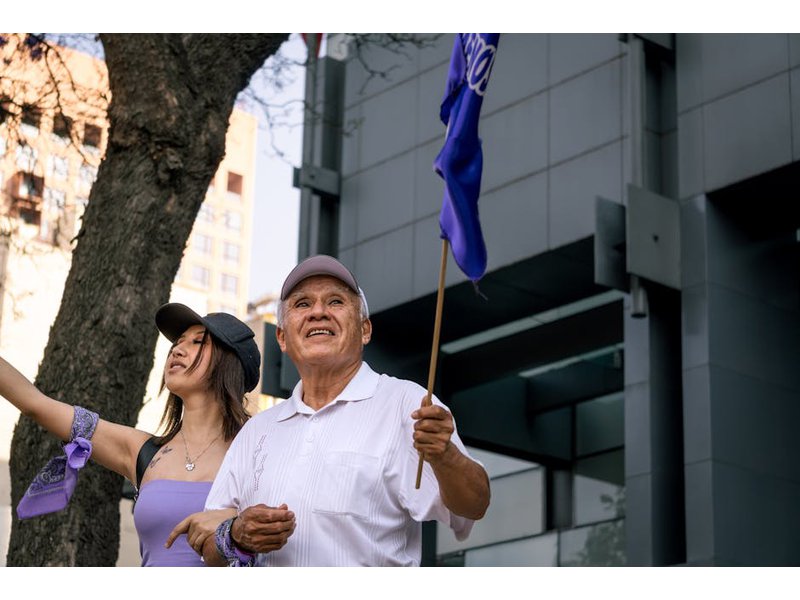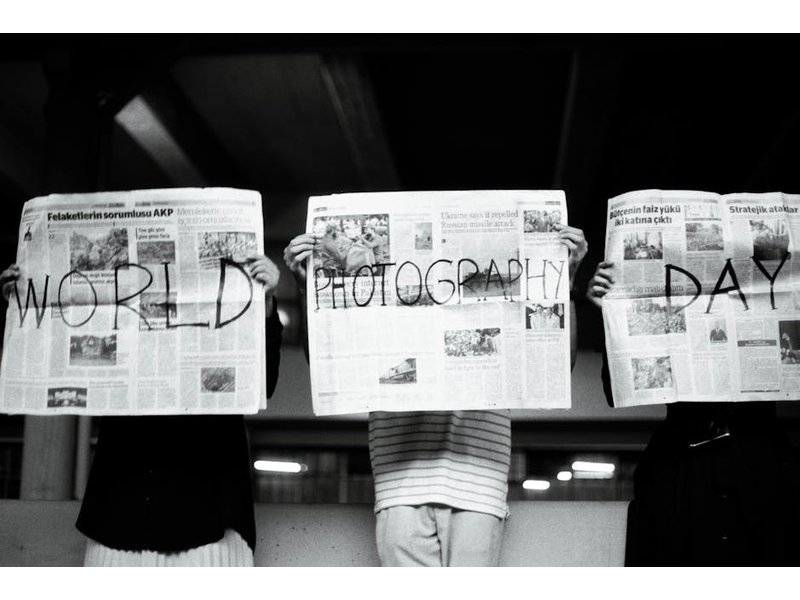195 seeking imprisonment

"Imprisonment in civil disobedience is normally a secondary consequence of the peaceful breaking of a law or regulation, which act is seen to be of much greater importance than the imprisonment. However, on occasion imprisonment may be sought by the nonviolent actionists as a primary objective, especially when this is done in very large numbers. Actionists may deliberately disobey a particular regulation in order to be imprisoned, and may ask to be arrested even though police select others for arrest or even though the persons were not present on the original occasion. At times the objective is to fill the jails; that is called a jail-in."...
Potentially problematic matches
High scoring campaigns using this method
Historical cases from the Nonviolent Action Database that used this method
African Americans campaign for voting rights in Selma, Alabama, USA, 1965
Even after the passage of the Civil Rights Act of 1964, most African Americans in the southern United States were still unable to vote because of registration requirements such as literacy tests and slow registration processes. In Selma, Alabama the ...
Indian peasants in Champaran campaign for rights, 1917
During the time of British occupation of India, peasants of Champaran district of the Bihar state were highly exploited by the indigo cultivation. The lessees of Indigo and agricultural areas had been Indians until 1793, but as the British Empire beg...
Baltimore students demonstrate to integrate Northwood Theater, 1963
On Friday, February 15, 1963, the student-led Civic Interest Group (CIG) began a demonstration against Northwood Theater in Baltimore, Maryland. The ultimately successful demonstration took place in the context of a longer history of protests against...
Freedom Riders end racial segregation in Southern U.S. public transit, 1961
In 1947, the Congress of Racial Equality (CORE) conducted a “Journey of Reconciliation” to direct attention toward racial segregation in public transportation in the Southern U.S.A. Although this initial freedom ride campaign was not regarded as a gr...
Greensboro, NC, students sit-in for U.S. Civil Rights, 1960
In Greensboro, North Carolina in 1960, Jim Crow laws were in widespread effect. Though the African-American Civil Rights Movement had led to some successful desegregation (notably within the school system thanks to Brown v. Board and Swann v. Charlot...
United Mine Workers of America (UMWA) launches double-pronged attack to defend benefits, 2012-2013
Peabody Energy Corporation is an international coal company based in St. Louis, Missouri (MO). In 2007, they created a spinoff company Patriot Coal Corp., also based in St. Louis, MO. Following the spinoff, Peabody Energy has gradually transferred re...
Industrial Workers of the World campaigns for free speech in Spokane, Washington, U.S.A., 1908-1910
Around the turn of the 20th century, employment agencies, or, as they were known to many workers, “job sharks” had a monopoly on casual laborer in the American West. Industries such as mining and agriculture would contract labor out to an agency, whi...
Indians in South Africa wage Satyagraha for their rights, 1906-1914
Before the start of the 20th century, there were about 62,000 Indians living in South Africa, including the British colonies of Natal and the Cape, and the Boer republics of Transvaal and the Orange Free State (OFS). Most Indians were indentured labo...
Women form peace camp to protest housing of cruise missiles at Greenham Common, 1981-1993
Greenham Commons outside Newbury, England was purchased in 1939 by the Newbury District Council for the public use of Newbury inhabitants, including the collection of firewood. In 1941 this area was requisitioned by the Air Ministry for an airfield, ...
Animal protection activists end annual pigeon shoots in Hegins, Pennsylvania, 1989 - 1998
In 1989 The Fund for Animals, an organization of activists committed to protecting animals, focused their attention on the Hegins Shoot held annually in Hegins, Pennsylvania. The Hegins Shoot, also known as The Fred Coleman Memorial Shoot, was a Labo...
Low scoring campaigns using this method
Historical cases from the Nonviolent Action Database that used this method
Montgomery, Alabama students sit-in for U.S. Civil Rights, 1960
The Montgomery, Alabama sit-ins took place during the era of Jim Crow laws in the southern United States. The first of the Supreme Court rulings against these laws – which are symbolized by the phrase “Separate but Equal” – took place in 1954, in the...
Americans blockade Washington, DC, to protest the Vietnam War, 1971
“If the government won’t stop the war, we’ll stop the government.” That was the central slogan of the Mayday campaign.\n\nThe Anti-Vietnam War movement included striking examples of nonviolent direct action. Many of the protests against the Vietnam W...
Pastors and students lead campaign to desegregate Danville, VA, 1963
The Civil Rights Movement in the United States gained momentum in the 1960’s with campaigns and demonstrations taking place throughout the country. Following the success of the 1963 campaign in Birmingham, Alabama, and the strong leadership of that s...
University of California Students Campaign Against Nuclear Weapons 2007
In 2007, the University of California Board of Regents managed the Los Alamos National Laboratory and the Lawrence Livermore National Laboratory, two of the largest of the United States government’s nuclear weapons facilities at the time. The Board h...
Pakistanis in Sindhi struggle for democracy, 1981-1984
In July 1977 Z.A Bhutto, the democratically elected president of Pakistan, was removed from power by the Pakistani military, which was at that point under the control of General Muhammad Zia-ul Haq. General Zia promised to hold an election within nin...
